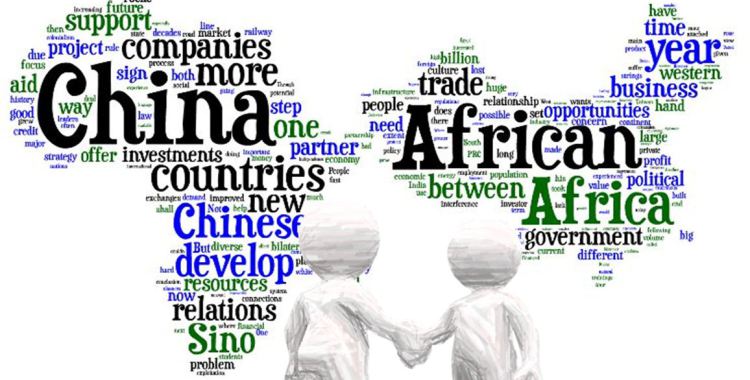Before its economic reform and opening in 1979, China was a poor country with a per capita GDP less than one-third of the Sub-Saharan average. In the 38 years since, it averaged annual growth of 9.6 percent. And it is the only emerging market economy not to have suffered a systemic financial and economic crisis.
Important in China’s success is that it did not follow the dominant mode of economic thinking, “shock therapy,” which simultaneously inflicts a wholesale set of politically difficult reforms. Instead, it adopted a pragmatic dual-track approach.
On one track, it continuously provided transitory protection and subsidies to large, capital-intensive state-owned enterprises that violated China’s comparative advantage but were essential for national defense and people’s basic needs. The state actively facilitated those industries to create comparative advantage by overcoming bottlenecks in hard and soft infrastructure. On the second track it liberalized the entry of private and foreign firms to China’s industries aligned with its comparative advantage. The shifts in comparative advantage allowed the government to deepen reforms, remove protections and subsidies, and allow the market to be decisive in allocating resources
China’s economic development and transition provide three lessons for other developing countries.
First, be pragmatic and realistic. It is essential to have objective and comprehensive assessments of the country’s basic realities and conditions—including its development stage and its labor, capital, and natural resource endowments —and of the key problems and their origins.
Also essential is having a systematic assessment of countries at different development stages, and of the relations, differences, and complementarities with other countries.
Especially important is not blindly copying other countries, especially the theories, policies, and experiences of developed countries, in very different conditions.
Second, formulate economic development and transition strategies suitable for one’s own country. Such strategies have many dimensions, including industrial policy.
Technological innovation and industrial upgrading drive a developing country’s development. But the upgraded industries need to be consistent with the country’s factor endowments to ensure that the factor costs of firms are the lowest in the world. That is not easy because the transaction costs for developing country firms are generally high due to inadequate infrastructure, institutions, and business environment. It is necessary to reduce firms’ transaction costs to increase their market competitiveness.
It is the government’s responsibility to improve infrastructure, the business environment and legal institutions. But its resources are limited and, therefore, they should be used strategically to improve infrastructure and other binding constraints in suitable locations so as to reduce transaction costs for the targeted industries to turn from comparative advantage to competitive advantages quickly.
In this way, small wins can be accumulated to become large wins. With vibrant economic development, the improvement of infrastructure, the business environment and legal institutions can be extended step-by-step nationwide.
Third, learn from the mistakes of structuralism’s excessive intervention and neoliberalism’s laissez-faire and instead have the market and the state play their respective roles in the economic transition.
Adapted from Lin 2017, AFDB



